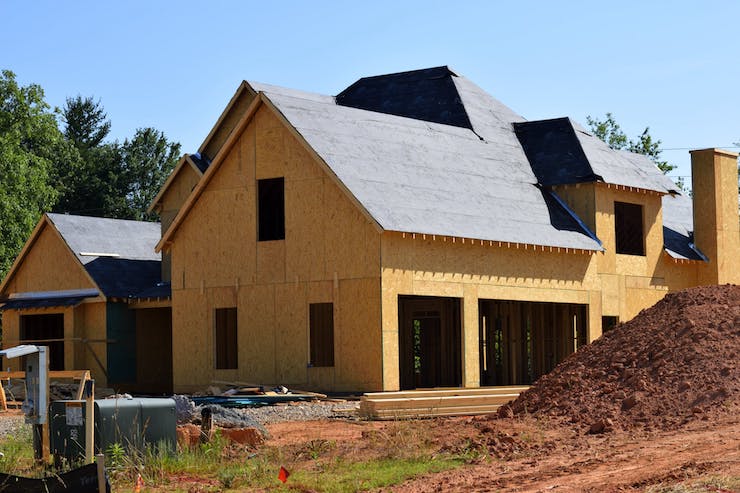
In recent years, many construction companies have begun to use drones to assist in their construction projects. The drones can aid in a number of jobs. They are used to create full visual models of projects, inspect safety measures, take 3D maps of areas, monitor theft and material usage, and more. For the most part, a drone provides a construction team with a birds eye view of what is going on, allowing the team to more efficiently complete tasks. What drones have not been used for is the actual physical construction processes. However, a research team from the University of Michigan aims to change that.
Located in Ann Arbor, MI with around 45,000 students, the University of Michigan is the alma mater to famous names like Gerald Ford, Madonna, Sanjay Gupta, and Larry Page. It is an institution best known for it’s business and computer sciences programs. For the fall 2019 semester, it has been a professor in the Department of Aerospace Engineering at the University of Michigan that has put the school back in the news. Professor Ella Atkins also runs the Autonomous Aerospace Systems (A2Sys) Lab and teaches classes that focus on drones and their applications. One of the research programs Atkins ran this year was to find a way to use a drone as a nail gun for construction purposes.
When talking about this project Professor Atkins was quick to point out that this drone is not like the one recently banned by the FAA that supports a flame thrower on it. Rather it is a research tool being used to explore how drones that are already being registered for use in construction can be furthered. As drones are often used to complete dangerous tasks on construction sites, it was a clear choice to see if one equipped with a nail gun could take over the dangerous job of attaching shingles to a roof.
The challenge Atkins and her students had to tackle was how to get a drone to preform such a detailed oriented task, that of locating the exact point a nail needed to be installed and pressing the nail gun trigger. The team did this by first creating low to the ground mock roofing structures to test out the drone. Next, they used a series of stationary cameras and markers to give the drone a location frame of reference. Then they had to build a drone toting nail gun.
The team used an off the shelf drone for this project, the DJI S1000, a reliable octocopter known for it’s precision flight and stability. It is a favorite among cinematographers because it can support a heavier than usual camera from it’s low mounting gimbal position. This made the S1000 the perfect candidate to mount a nail gun to it. Once they had their equipment in place the next step was to figure out how the drone would be able to release the nail. Ella’s students had to calculate the exact force needed for the nail gun to shoot out the nail and write software to meet this standard. Instead of using a human finger to press the trigger on the nail gun, they created a virtual switch that would autonomously engage when the drone was correctly positioned over the location determined by the markers. The drone was able to successfully nail into asphalt roof shingles, with one major set back.
For the most part, when drones are brought in to complete a task they are able to do so much quicker than a human would be, which is why drones can improve work efficiency. As Matthew Romano, a robotics Ph.D. student working on the project pointed out, “Initially, we tried using faster approach speeds to minimize nailing time. However, for those attempts, the nail gun tip often bounced off the roof, which meant it either wouldn’t trigger or it would trigger in the wrong place.” So this drone works far slower than a professional roofer would. The other main issue the team encountered is that to keep the drone light enough to fly with the added weight of the nail gun they could only use a battery that gave the drone a 10 minute flight time.
These are both issues that Professor Atkins pointed out are part of a learning curve. They already have plans to solve the flight time by tethering the drone to a power source in the next round of testing. The team will also take into account modifications to increase speed while maintaining accuracy. This drone is in no way ready to take over the job of a roofer, but it is showing that there is room to study how drones can continue improving daily activities. As Ella said, “For me, the biggest excitement of this work is in recognizing that autonomous, useful, physical interaction and construction tasks are possible with drones.”
|